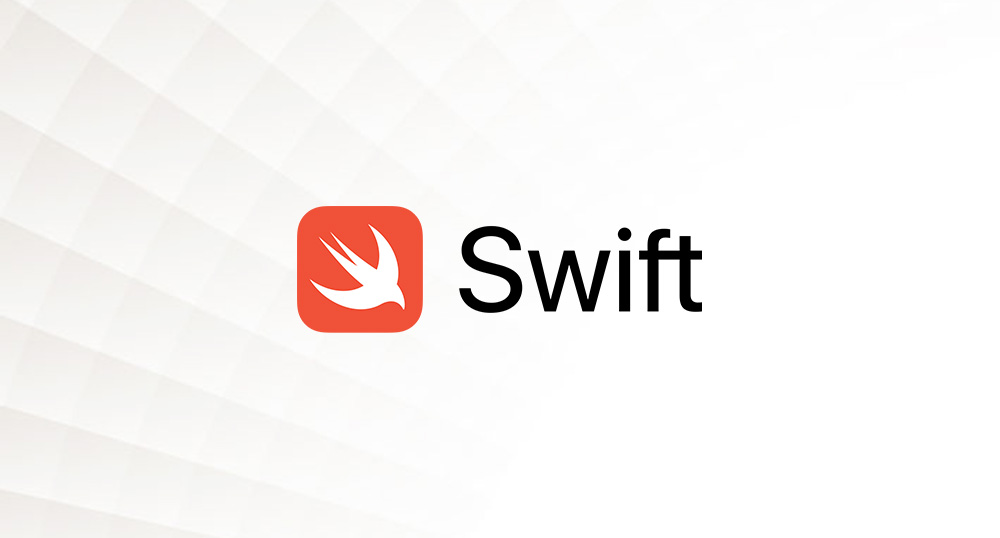Are All Swift Functions Actually Returning Tuples?
 Asaf Huseyn
Asaf Huseyn
Contents
Introduction
Swift, known for its expressive and powerful type system, continues to surprise developers with its intricate design decisions. Today, we’re diving deep into a fascinating theory that could reshape our understanding of Swift’s function return types: Are all Swift functions secretly returning tuples? (Like SwiftUI does for Views)
The Genesis of the Theory
This intriguing question arose while investigating the subtle differences between () and Void in Swift. At first glance, these two seem interchangeable, often described as representing “nothing” or an empty return type. However, a closer look reveals some surprising behavior:
// This works fine
let emptyTuple: () = ()
// This causes an error: "Expected member name or constructor call after type name"
let emptyVoid: Void = Void
To understand this discrepancy, we need to peek into Swift’s source code:
public typealias Void = ()
This revelation is the cornerstone of our theory. If Void is just an alias for an empty tuple, could this tuple-based representation extend to all function return types in Swift?
Unraveling the Tuple Mystery
Let’s explore this theory with some intriguing examples:
Single-Element Tuples and Singular Values
let a: Int = 5
let b: (Int) = (5)
print(type(of: a)) // Output: Int
print(type(of: b)) // Output: Int
print(a == b) // Output: true
Surprisingly, Swift treats b, declared as a single-element tuple, identical to a, a regular Int. This behavior suggests that Swift might be automatically “unwrapping” single-element tuples.
Function Return Types
func returnInt() -> Int { return 5 }
func returnTuple() -> (Int) { return (5) }
print(type(of: returnInt())) // Output: Int
print(type(of: returnTuple())) // Output: Int
let result1 = returnInt()
let result2 = returnTuple()
print(type(of: result1)) // Output: Int
print(type(of: result2)) // Output: Int
let sum = result1 + result2 // Works seamlessly
Despite the different return type declarations, both functions behave identically. This consistency across seemingly different types further supports our tuple theory.
The Swift Type System: A Deeper Dive
To understand this behavior, we need to explore Swift’s type system more thoroughly. Swift employs a concept called “type erasure” for single-element tuples. This means that at runtime, Swift treats single-element tuples as equivalent to their contained type.
The Hidden Tuple Structure
While Swift presents single-element tuples as their contained type, the tuple structure might still exist behind the scenes. This becomes evident when we try to access tuple elements:
func returnTuple() -> (Int) { return (5) }
let result = returnTuple()
print(type(of: result)) // Output: Int
// print(result.0) // This would cause a compile-time error
The error we get when trying to access result.0 suggests that Swift is performing some magic to hide the tuple structure while preserving type information.
Void in Swift vs. Other Languages
The concept of Void in Swift is handled differently compared to some other programming languages. Let’s explore these differences:
C and C++
In C and C++, void is a fundamental type that represents the absence of a value. It’s commonly used as a return type for functions that don’t return anything.
void noReturnFunction() {
// Function body
}
C
C# uses void similarly to C and C++, as a keyword indicating no return value.
void NoReturnMethod()
{
// Method body
}
Swift and Rust
Swift takes a different approach, aligning more closely with Rust’s philosophy. In both languages, the concept of “no value” is represented using an empty tuple ().
Swift:
typealias Void = ()
func noReturnFunction() -> Void {
// Function body
}
Rust:
fn no_return_function() -> () {
// Function body
}
This approach in Swift and Rust provides more consistency with the type system, as () is a valid type that can be used in other contexts, unlike the void keyword in C-like languages.
Implications and Reflections
The idea that all Swift functions might be returning tuples has several interesting implications:
Type System Consistency: This theory aligns with Swift’s goal of a consistent and expressive type system. By treating single-element tuples as their contained type, Swift maintains simplicity while allowing for potential future expansions.
Performance and Optimization: The compiler’s handling of single-element tuples could have subtle performance implications, especially in high-performance code. However, for most developers, this is likely to be a non-issue due to compiler optimizations.
API Design Considerations: Understanding this behavior could influence how we design function signatures, potentially leading to more flexible and future-proof APIs. However, it’s important not to over-engineer based on this theory alone.
Language Evolution: This behavior might influence future Swift proposals, possibly leading to more advanced tuple-related features. As the language evolves, developers should stay informed about changes in this area.
While these implications are intriguing, it’s important to remember that for most day-to-day Swift programming, the underlying tuple nature of function returns (if true) doesn’t significantly impact how we write or think about our code. The real value of this theory lies in deepening our understanding of Swift’s design philosophy and type system intricacies.
As Swift developers, we should:
Be aware of this potential behavior, especially when working with complex types or performance-critical code.
Keep an eye on Swift evolution proposals related to tuples and return types.
Focus on writing clear, expressive code, letting the compiler handle these lower-level details.
Ultimately, whether all functions return tuples or not, Swift’s design ensures that we can write safe, expressive, and performant code without getting bogged down in these implementation details.
Conclusion
While we can’t definitively state that all Swift functions return tuples without official confirmation from the Swift core team, this theory opens up fascinating avenues for understanding and leveraging Swift’s type system.
As Swift continues to evolve, insights like these push the boundaries of what’s possible with the language. They challenge us to think deeper about the design decisions behind Swift and how we can use them to write more expressive, safer, and more efficient code.
Whether this theory is ultimately confirmed or not, it serves as a testament to the depth and complexity of Swift’s design. It encourages us to keep exploring, questioning, and pushing the limits of what we can achieve with this powerful language.
What are your thoughts on this theory? Have you observed similar behaviors or have alternative explanations? Let’s continue this discussion and collectively unravel the mysteries of Swift together!
References
Swift Language Guide: https://docs.swift.org/swift-book/documentation/the-swift-programming-language/thebasics/
Swift Evolution: https://github.com/apple/swift-evolution
Rust Documentation on Unit type: https://doc.rust-lang.org/std/primitive.unit.html
C++ Reference on void type: https://en.cppreference.com/w/cpp/language/types
C# Documentation on void: https://docs.microsoft.com/en-us/dotnet/csharp/language-reference/builtin-types/void
Subscribe to my newsletter
Read articles from Asaf Huseyn directly inside your inbox. Subscribe to the newsletter, and don't miss out.
Written by
